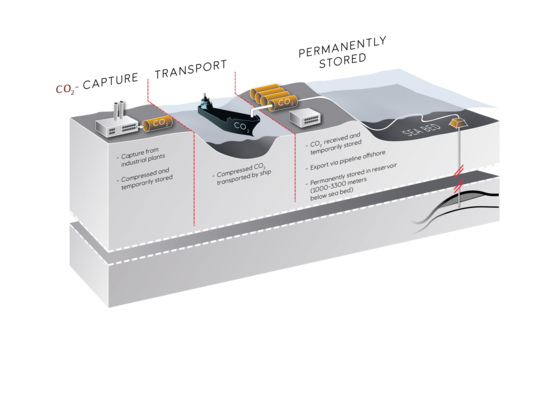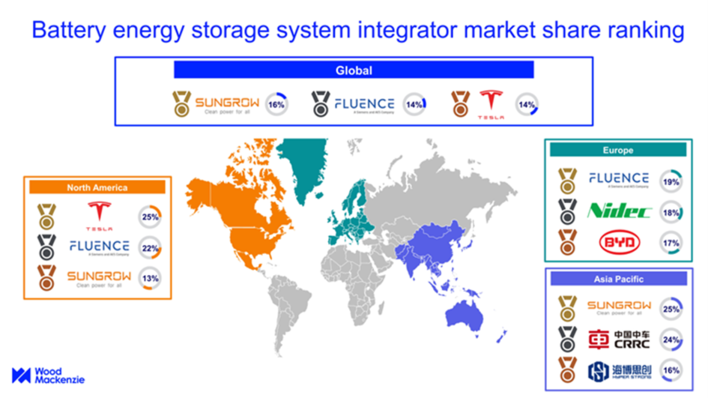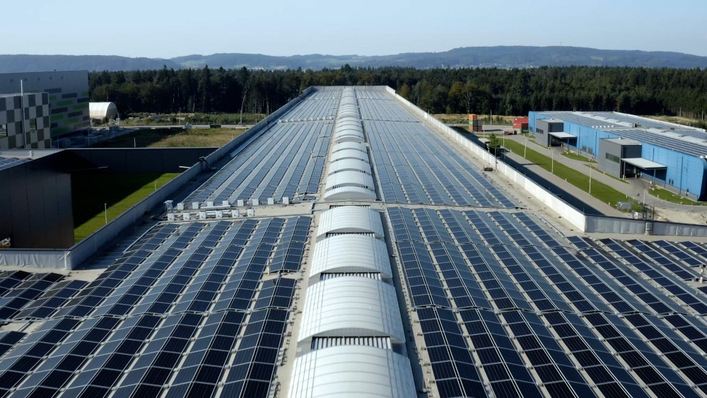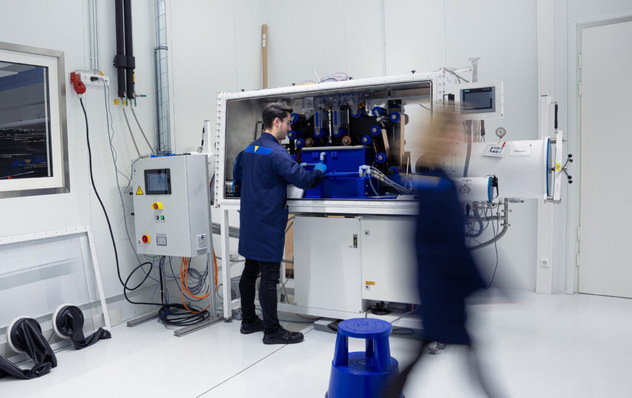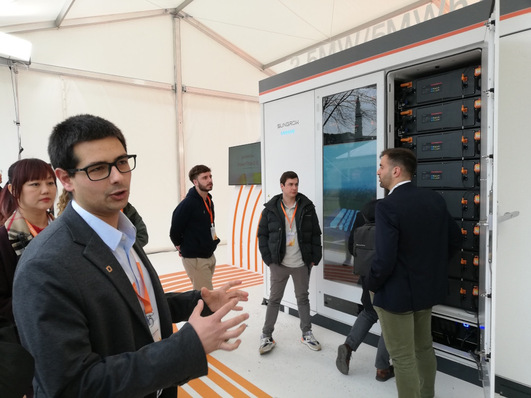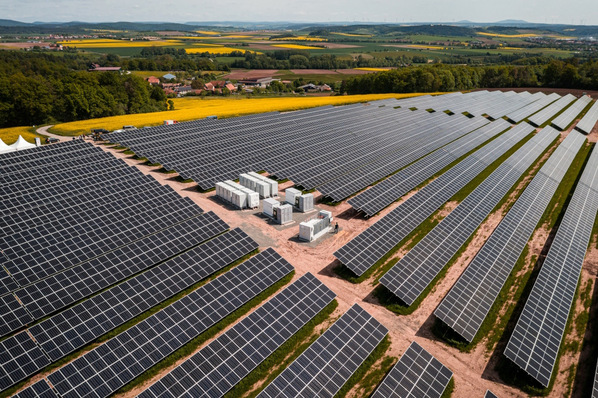“Though energy storage has been around for more than 100 years, it is set to become a critical element of the energy system. Playing a key role in matching supply and demand, energy storage is close to the core business of the traditional utility companies. In fact, energy storage will represent a major business opportunity for them. Since convincing and profitable business models for energy storage have not yet emerged, utilities are in a good position to seize this opportunity now and avoid their actions being preempted by new entrants”, Eric Confais, Partner at Roland Berger says.
Declining total costs
The latest Roland Berger study, „Business models in energy storage”, shows that storage technologies will become essential elements of the energy transition. They will match fluctuating supply from intermittent wind and solar energy sources with variable demand. "There are many different technologies for energy storage, from large pumped-hydro systems to small-scale batteries at home. Conversion from power into gas or fuels that can then be stored for later use is feasible as well," explains Confais. Energy storage system costs from currently around 100 Euro per megawatt hour are expected to decline fast within the next years.
Wide range of applications
The Roland Berger study shows that the range of applications for energy storage is wide. Storage is needed to bridge periods of just a few milliseconds to entire seasons. Also, many different players in the complex value chain are set to benefit from storage. Grid operators will need storage to maintain balance in their system and prevent black-outs. Operators of solar and wind energy plants will need storage to avoid spilling excess power production. Traders will need storage to match demand and supply over time and benefit from price differentials. Even consumers at home may need storage to enjoy their solar-generated electricity in the evening. There is no single storage solution to serve all of these needs. Sometimes batteries are the best solution, but in other cases flywheels, power-to-gas or pumped-hydro may be relevant as well.
Emerging business models
While the storage technologies and the storage applications are known, how storage will be deployed, or what type of business models will prevail, is still unclear. As Confais points out, "Who would be the owner of the storage facility, what rates will apply, and where will the storage facility be located in the system? These questions have not yet been fully answered. We do see many exciting experiments taking place in the market, testing both technology and business models. They give an indication of what would be feasible in the future. It is like the early days of e-commerce."
Batteries as linking pin between prosumers
While batteries are now mainly used for storing power for a single purpose, they will become a linking pin, enabling the sale of power between prosumers as companies as Sonnen already offer. Excess solar PV production could be stored in the neighbor's battery or in the EV at work. Already, new services have been developed that are able to create more value out of a single battery system, for instance by also providing ancillary services to the grid. These developments even question the need to have a battery at home. Storage in the "cloud" might be preferred. Storage facilitates the emergence of new models in energy use, where people share their electricity. This will differ drastically from the top-down legacy model, where only a utility can provide electricity.
Power-to-gas as another option
The power-to-gas pilot projects present another example of the complexity of future business models. The sheer range of backgrounds displayed by the pioneers of this technology, from utilities and chemical companies to car manufacturers, illustrate the wide range of applications. The production of synthetic fuels and gases could lead to a significant disruption of the chemicals industry in the energy transition. Operators of these installations must carefully design the outlets for their fuels to optimize the value of the business. Utilities and chemical companies may start to compete against each other, but there will also be partnering opportunities. (HCN)
Read more about energy storage
Stay informed, get our free newsletter twice a week, register here
More useful information:
http://www.pveurope.eu/News/Markets-Money/Solarwatt-and-Fronius-enter-partnership
http://www.pveurope.eu/News/Energy-Storage/Energy-storage-Charge-and-discharge-within-only-3-seconds


